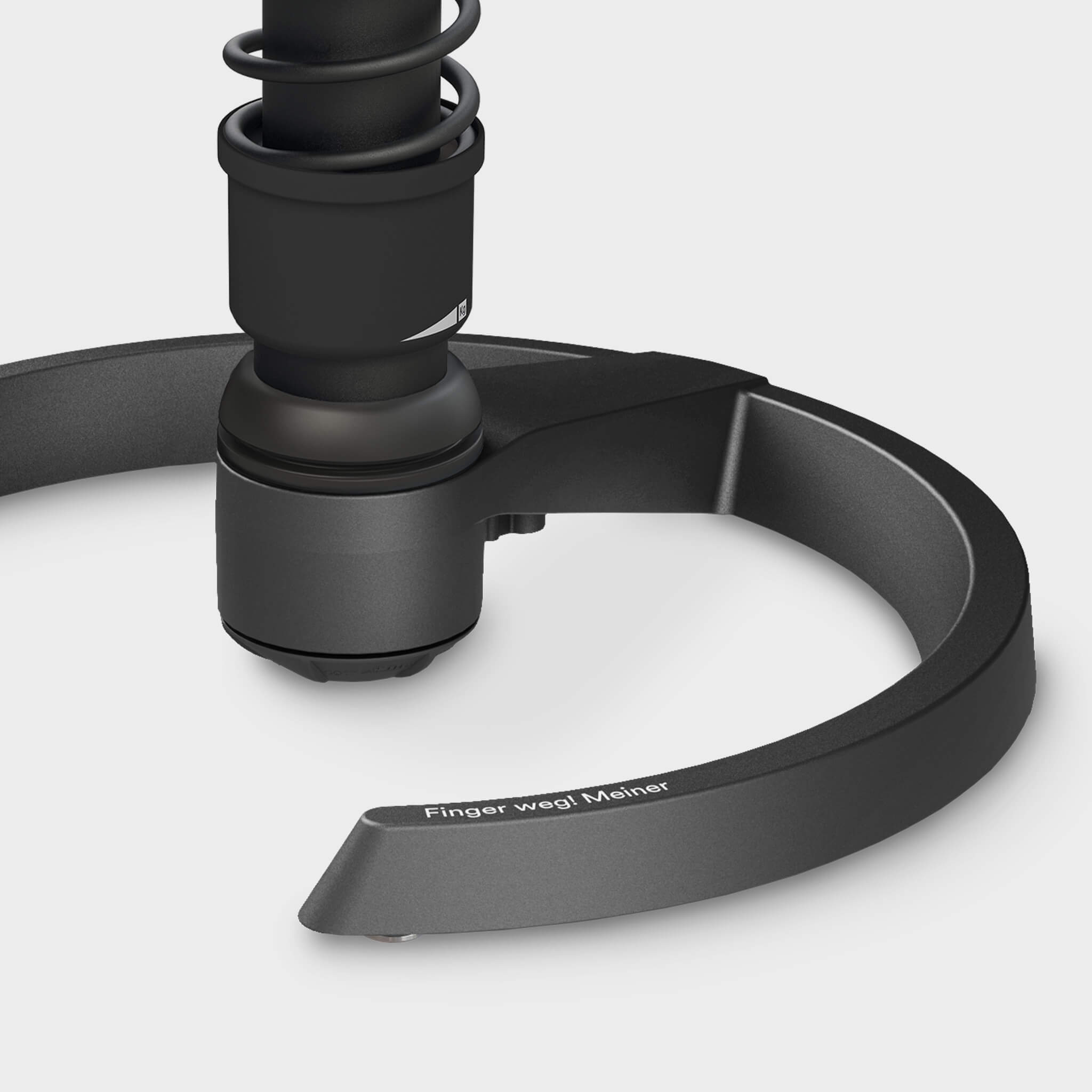What is osteochondrosis?
Osteochondrosis is a degenerative disease of the bones. During the growth phase of the bones, the cartilage is normally converted into bone. If a disruption occurs, the cartilage layer becomes larger and does not convert into bone. The two most common types of osteochondrosis are osteochondrosis dissecans and osteochondrosis intervertebralis.
What is intervertebral osteochondrosis?
Vertebral wear and tear due to constant incorrect loading caused by standing or sitting for too long can have a negative impact on the spine. The incorrect loading is absorbed by the intervertebral discs over a long period of time, causing them to shrink in size and no longer be able to absorb shocks well. If a lack of exercise is added to this, the muscles also weaken and are unable to support the intervertebral discs in absorbing shocks and loads, frequently resulting in a slipped disc. But it doesn't just have to be the classic slipped disc. Scoliosis can also cause osteochondrosis due to the pathological misalignment.
A doctor recognizes intervertebral osteochondrosis by the decreasing height of the intervertebral discs or the hardening of bone tissue due to the proliferation of connective tissue (sclerosis). Due to the high load on the lumbar spine, the disease often occurs in the lower part of the spine, but diseases in the cervical spine are also known.
What is osteochondrosis dissecans?
Osteochondrosis dissecans occurs in joints that are subject to heavy loads, such as the knee, ankle or elbow. The cause of this type of osteochondrosis is bone decomposition, which means that the body cannot convert its own cartilage cells into bone material quickly enough. If strong mechanical loads, such as running, are absorbed by healthy joints, the bone and cartilage substance can become weaker over time and eventually bone particles can become detached. This leads to changes in the joint surfaces. Rheumatism can also trigger osteochondrosis dissecans.
What other forms of osteochondrosis are there?
Osteochondrosis can occur in young people as Scheuermann's disease. Since the spine in young people is susceptible to poor posture due to too much sitting for long periods of time in combination with weak back muscles, this leads to a severe incorrect load. Damage occurs to the growth zone between the vertebrae and the vertebrae grow more slowly than they should. If the weakness is not recognized in time and protective postures are not adopted, damage that has already occurred (hunchback, hunchback) cannot be reversed.
Another form of orcheondrosis is Perthes disease, an orthopedic childhood disease that occurs predominantly in white boys between the ages of five and nine. Presumably due to circulatory disorders or hormonal dysfunction, the femoral head enlarges with accompanying pain.
How can osteochondrosis be prevented?
Most types of this disease can be counteracted with gymnastic exercises and targeted movement to strengthen muscles. Especially with back problems, there are a variety of ways to build up abdominal and back muscles, for example by sitting dynamically and actively on an Aeris Swopper . It has also been scientifically proven that many osteochondrosis patients suffer from vitamin D deficiency, which is why the right diet also plays a role in prevention. It is recommended to have an adequate supply of vitamin D and to consume food with easily digestible minerals such as dairy products and fish, but only small amounts of meat.
